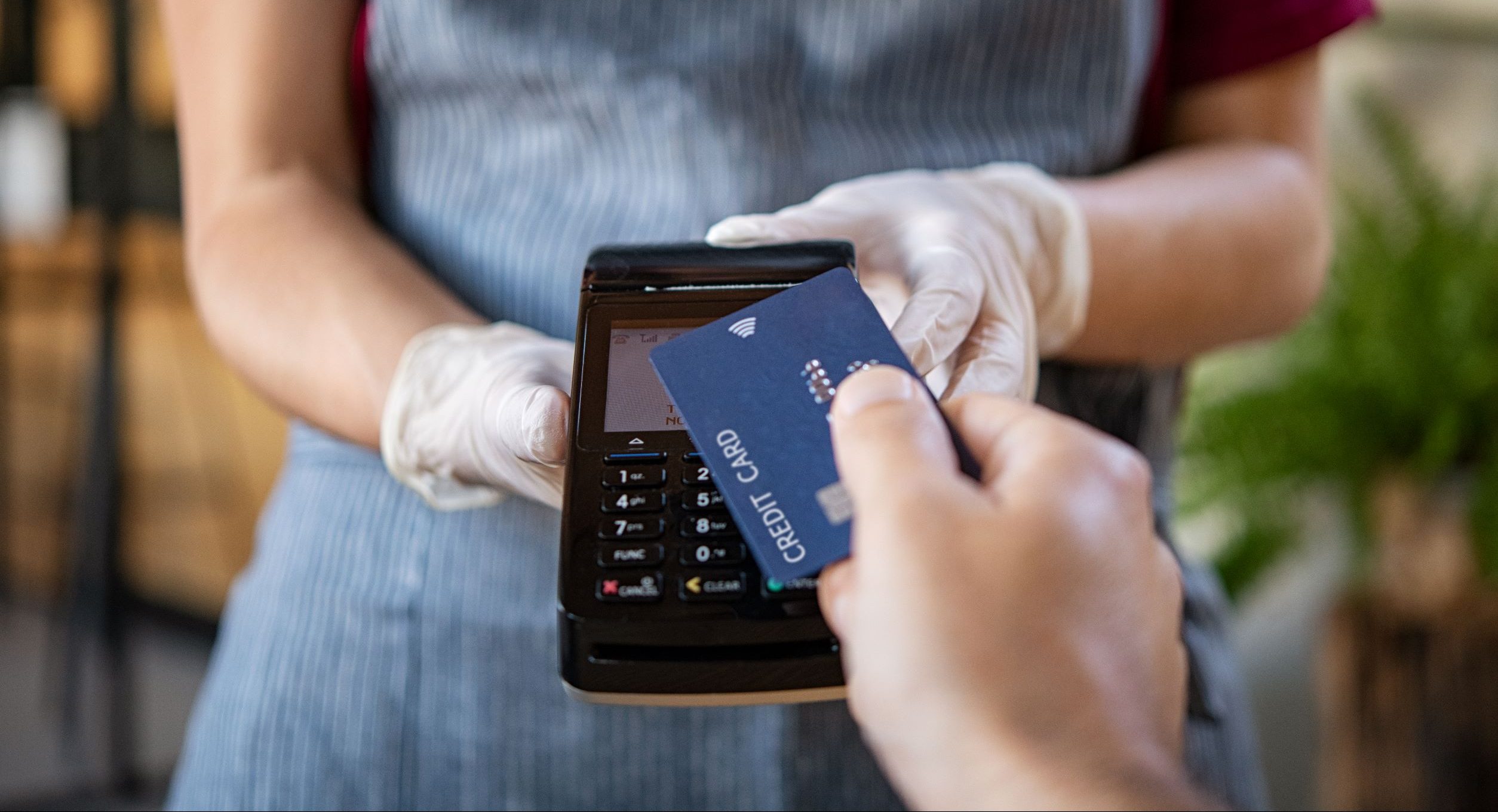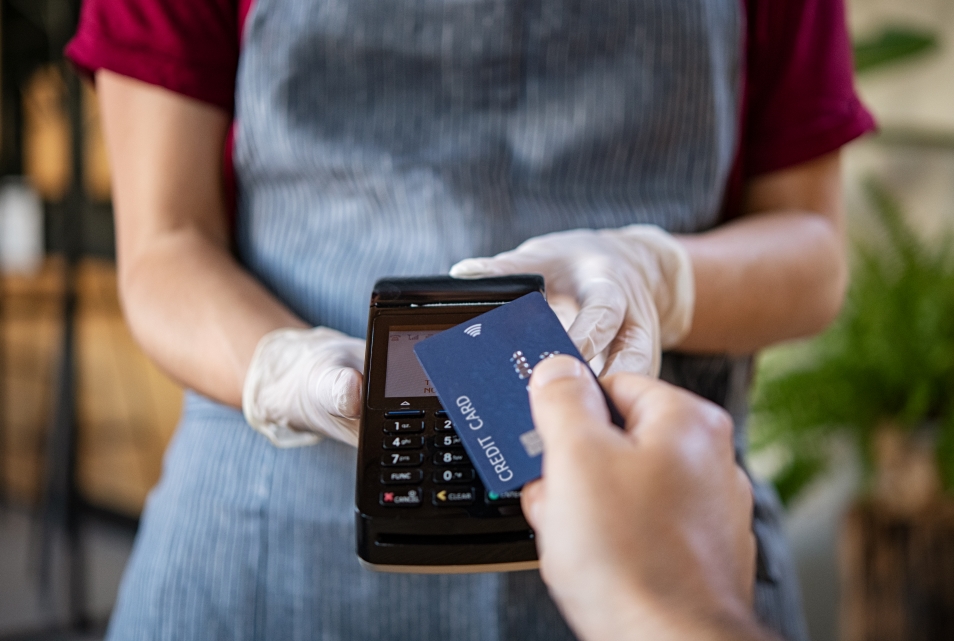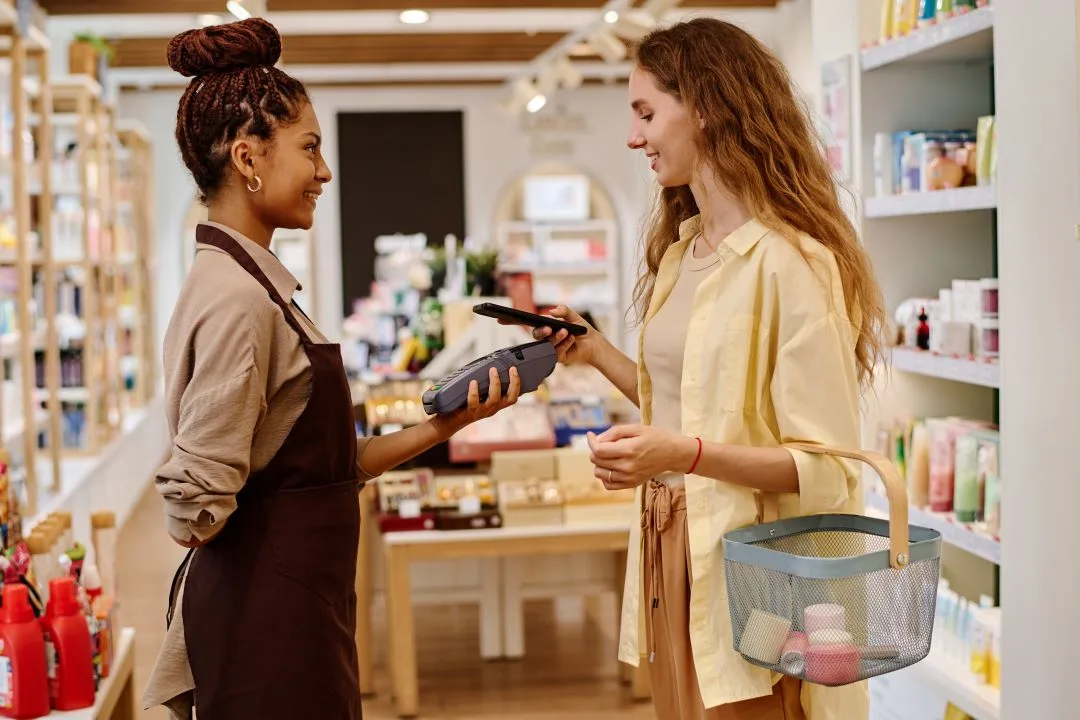
From October 15th, customers in the United Kingdom are able to make payments of up to £100 to POS merchants just with one tap. This latest change comes after the decline of cash payments during the pandemic and the previous limit increase from £30 to £45 last year to help customers enjoy frictionless transactions.
This latest change stems from the UK Government’s plan to help customers make payments to POS merchants securely while being able to cover larger purchases, such as a weekly shop or the cost of a tank of fuel.
However, there are a few security concerns, especially since the increase means that fraudsters will be able to spend more on each fraudulent transaction without immediately raising red flags.
To address some of the most common questions about the contactless limit increase for payments to POS merchants, we caught up with Russel Luis E Fernandes, Head of Product – Card Present Payments at Trust Payments, who will run us through a guide for contactless payments:

Russel Fernandes
Head of Product – Card Present
Q & A
Will the £100 limit provide considerable advantages to businesses?
Contactless payments accounted for 51% of all credit cards and 66% of all debit card transactions as of June 2021. Increasing the contactless limit will provide greater flexibility in payment choices for customers as the UK continues to move towards a cashless society. The increase could also potentially help businesses to increase sales volumes and customer footfall during peak trading times.
Will this increase put more consumers at a higher risk of fraud?
I don’t believe so. Looking at the previous contactless increase in April 2020, there was no significant increase in contactless-related fraud in the UK. According to the FCA, the total fraud rate of contactless related payments equated to just 0.02% from April 2020 to March 2021.
In addition, countries that have contactless limits over £100, e.g., Australia AUD200 (£112) and Canada CAD250 (£143), have not reported any substantial increase, so we expect the UK to follow a similar trend.
How can businesses and customers better protect themselves from fraud with this change?
From October 15th, the maximum cumulative threshold is doubling to £300, which means if your card is stolen, the maximum a fraudster can use your card without a pin is no more than £300.
Even though the contactless limit has been increased, banks have fraud prevention systems in place, and cards can only be used a few times before asking for a PIN.
Here are a few guidelines to help customers and businesses protect themselves from fraud:
Customers should:
●Ask for a receipt. Asking for proof of purchase will allow customers to ensure they have paid the correct amount and keep track of their spending.
●Monitor bank statements. Checking bank statements regularly will help spot unfamiliar transactions.
●Report lost or stolen cards. Customers should contact their bank as soon as possible in case of loss or theft – most banks in the UK have made this easy for customers by allowing them to temporarily or permanently block their bank cards via their banking app.
POS Merchants should:
●Offer customer receipts. This will help customers reconcile their bank statements and spot unfamiliar transactions, which could help merchants reduce chargebacks.
●Use a semi-integrated solution. To avoid miss-keying, we highly recommend merchants to use a semi-integrated solution with the PDQ integrated to an ECR, ePOS, or PMS, which will eliminate miss-keying and ensure customers pay the exact amount they owe. We offer Trust POS, which covers all the basics of setting up robust and reliable POS devices for every type of business.
●Clearly display the transaction amount. Displaying the amount clearly on the ePOS or PDQ device or verbally communicating the same to customers before they tap will reduce chargebacks or unpleasant surprises for customers.
Customers of Lloyds Bank, Halifax, and Bank of Scotland will be able to use their mobile banking app to set limits from £30 to £95. Why is this banking group allowing personalized limits, and will other banks follow suit?
In addition to setting personalized limits, customers of several banks such as HSBC, Lloyds, Bank of Scotland also offer cards without the contactless function.
Starling Bank says it will be introducing a new control feature to allow customers to set their own contactless payment limit when the new £100 limit is introduced. Customers will be able to select a limit of their choice between £0 and £100 in £10 increments.
We anticipate that most banks in the UK will follow suit by offering their customers personalized limits. This will empower customers with flexibility on how they wish to pay as well as keeping their spending in check.
What is Trust Payments’ position with regards to this increase?
Trust Payments welcomes the change introduced by the HM Treasury and the Financial Conduct Authority. Covid-19 has been a catalyst for change within the FinTech industry, which plays a massive part in helping businesses adapt to customers’ needs triggered by the pandemic.
The emergence of QR code payments, the surge in the use of digital wallets, together with streamlined in-app and online payments, and now the increase in the contactless limit will drive customer spending and sales volumes for many of our merchants, especially in the hospitality and retail industries. This will be particularly helpful for businesses that have had a challenging time during the pandemic.
How do you see the decline of cash going forward? Will digital currencies prevail?
Cash declined from 23% of all payments to 17% from 2019 to 2020. It is expected that with the increase in the contactless limit, cash will see a further drop in the share of payments. Despite cash being on the decline, it’s unlikely to die out entirely anytime soon. Some customers still prefer this method of payment.
Very few payments are currently made with cryptocurrencies such as Bitcoin. However, the rise of Stablecoins, which are less volatile, has led to an increase in payments made using digital currencies.
It is yet to be seen if the UK will introduce a CBDC (central bank digital currency) to combat these other forms of digital currency that they find challenging to regulate. This could potentially boost the use of digital currencies even further as it will theoretically be a stable form of digital currency. Trust Payments is working with the first crypto ATM vendor to have an integrated payment solution, so we are well excited. We believe crypto payments will gradually become the norm in the coming years. Learn more about how we work with emerging verticals like CBD, Crypto, Dating, and Forex.





